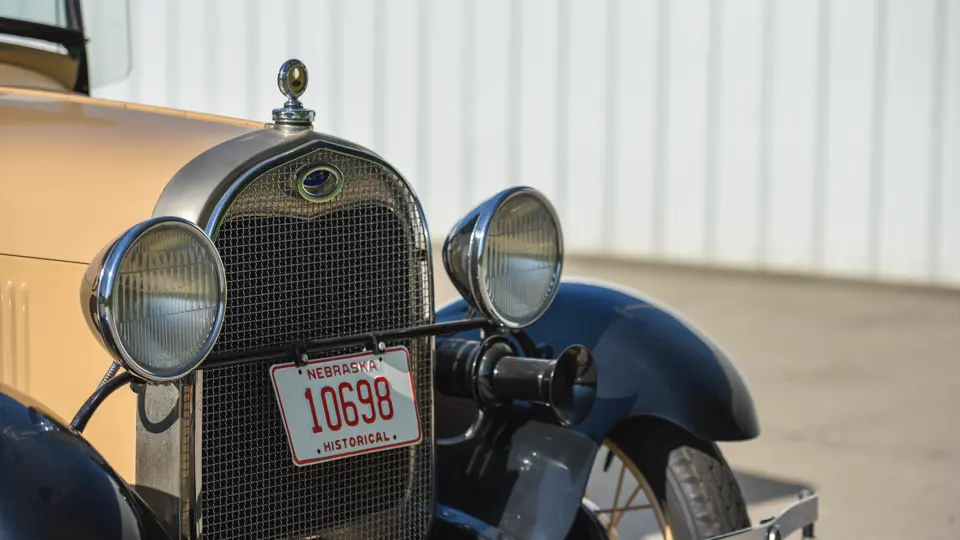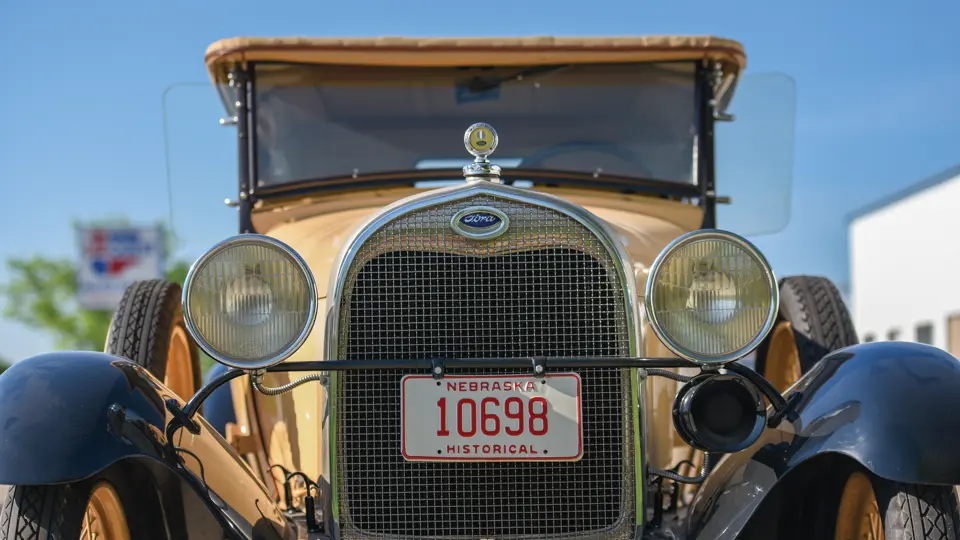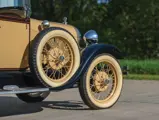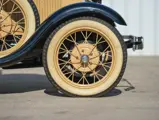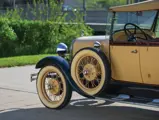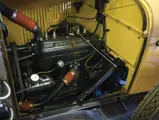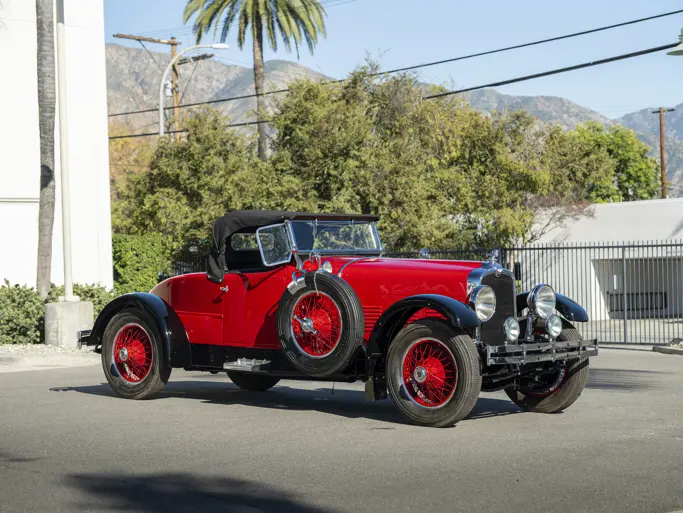In June 1927, Ford ended production of the long-running Model T. More than 17 million had been built, but the car was ancient both in design and in construction. Henry Ford wanted a clean break, and a clean break he made, idling the production line for five months. When it restarted late in October, he made a clean sweep by returning to the top of the alphabet, naming his new car the Model A.
The A had a larger and upgraded 200.5-cubic-inch engine developing 40 bhp. Replacing the two-speed planetary transmission of the T was a three-speed selective gearbox, though transverse leaf springs and torque tube drive were retained, but the car had four-wheel brakes. It rode a three-and-a-half-inch longer wheelbase and weighed 700 pounds more than its predecessor. Most noticeable was the styling. Reminiscent of the Lincoln, it was drawn under the watchful eye of Henry’s son Edsel, a connoisseur of aesthetics. The public loved it, queuing up for a first look and placing orders that the factories took months to fill.
This Model A phaeton dates from the latter part of May 1929. It officially joined the museum collection in 1992, but was one of four Merrick family cars that gave rise to the establishment of the museum, and one of two Model As that Rickard Merrick bought on the initial day of car hunting. Fully restored in tan with black fenders, it has brown body moldings and a tan canvas top. The upholstery is brown leather with matching door panels. The wire-spoke wheels are body color and mounted with 4.50 × 21 whitewall tires. Accessories include running-board step plates, radiator stone guard, and a MotoMeter.
Model A Fords are reliable, fun, and perform well in today’s traffic. They make excellent tour cars, as well as competing well on the show field.


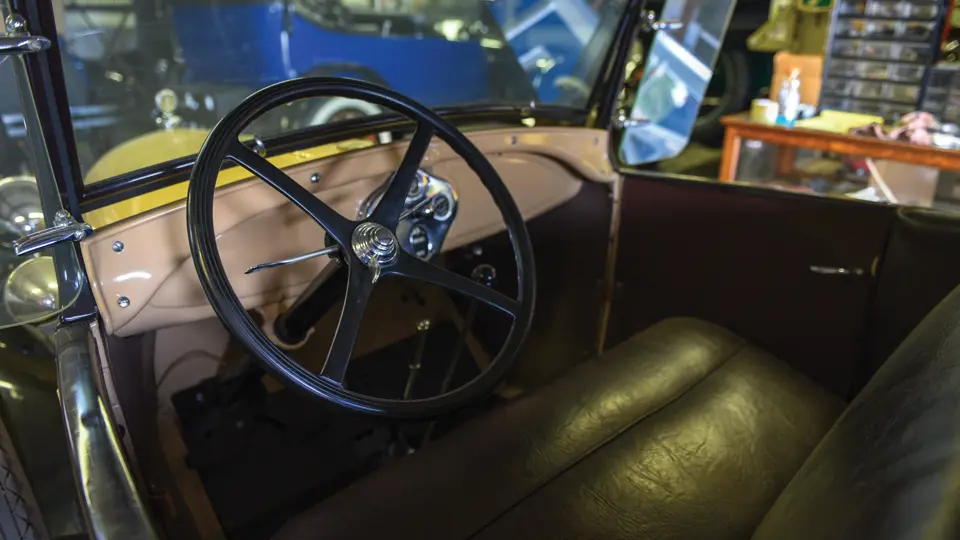


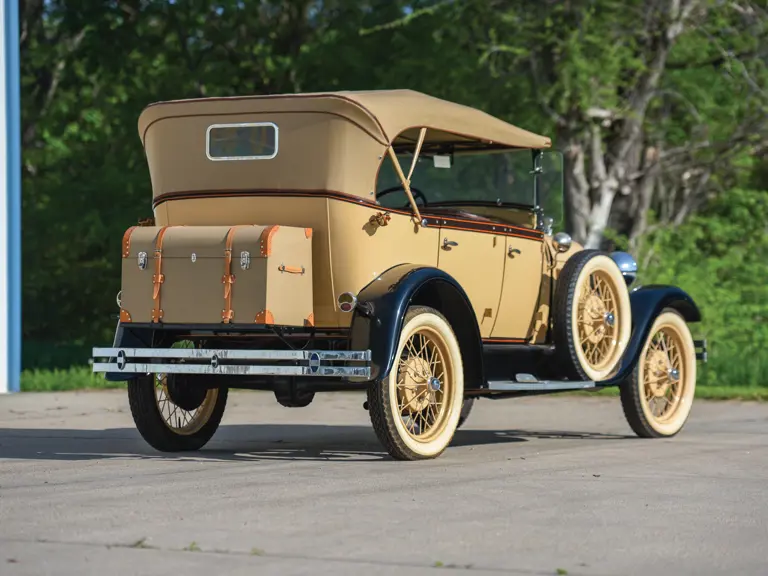
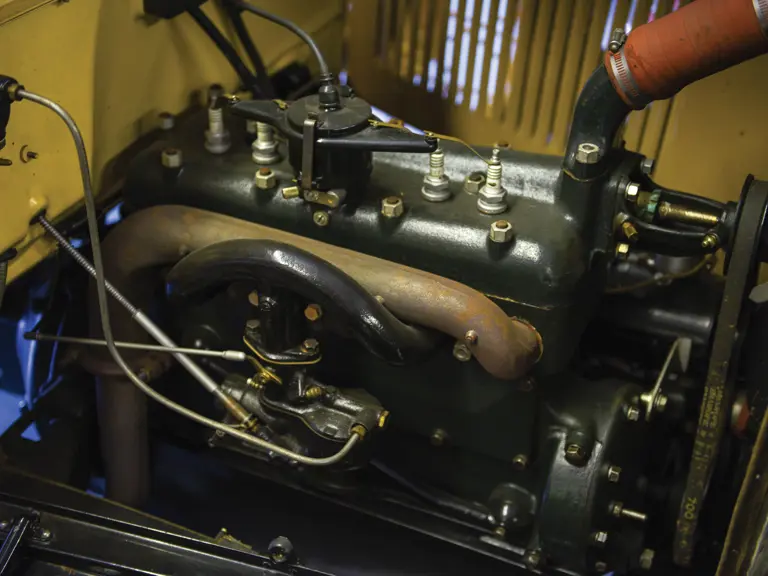
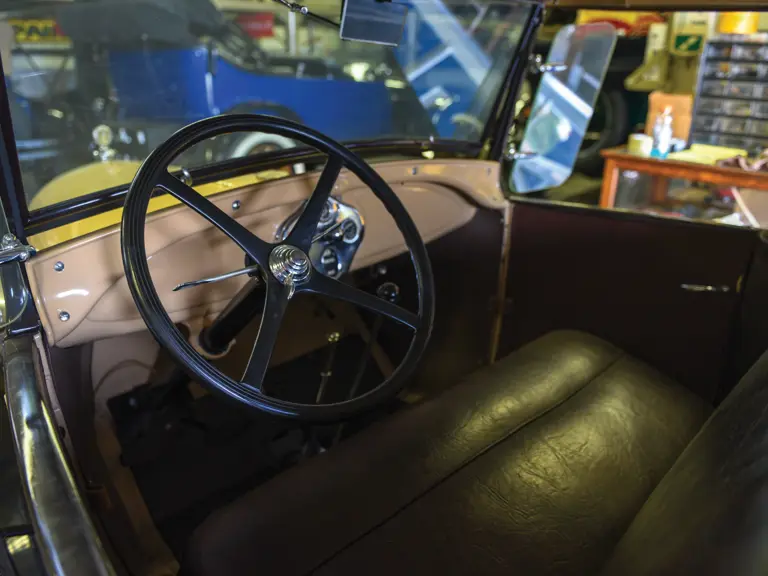
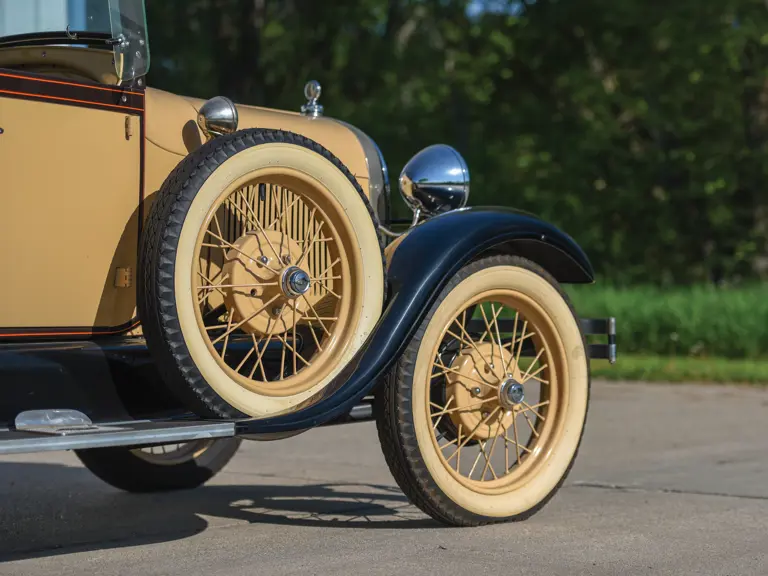
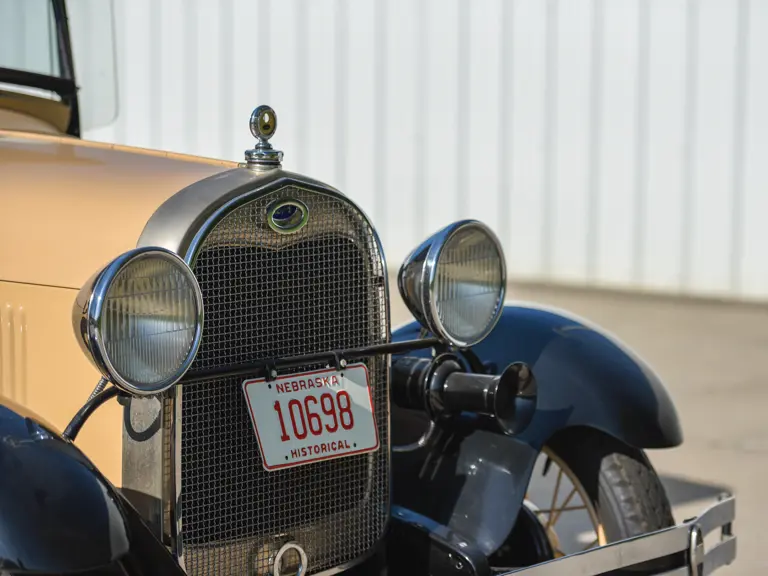

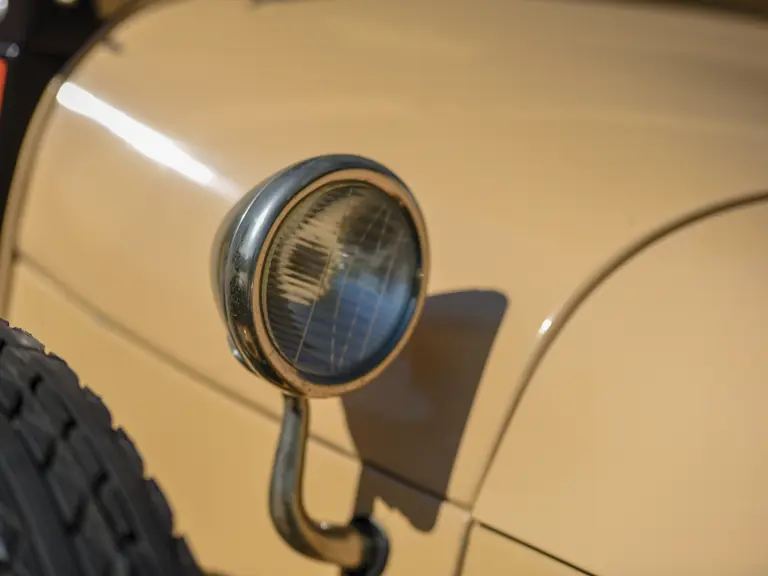



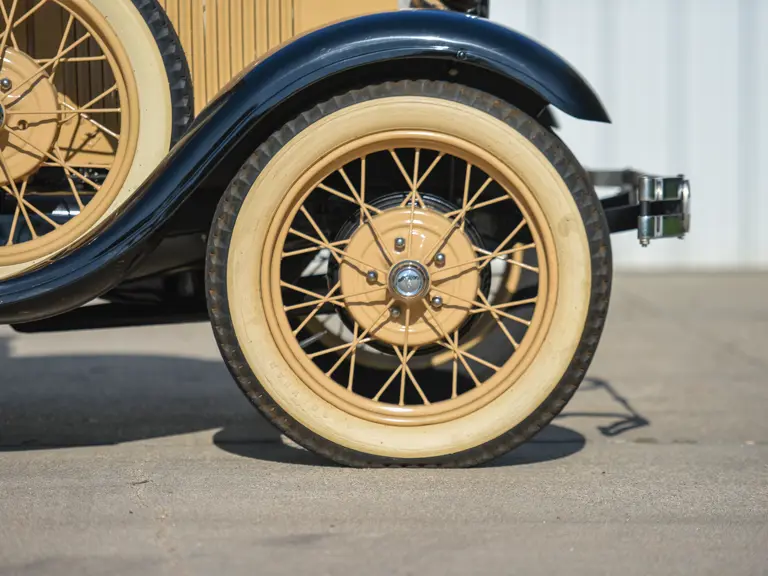
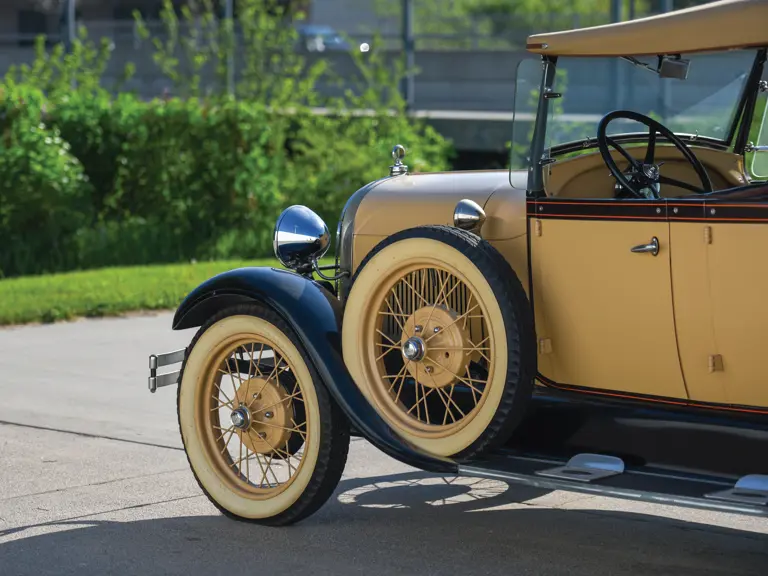

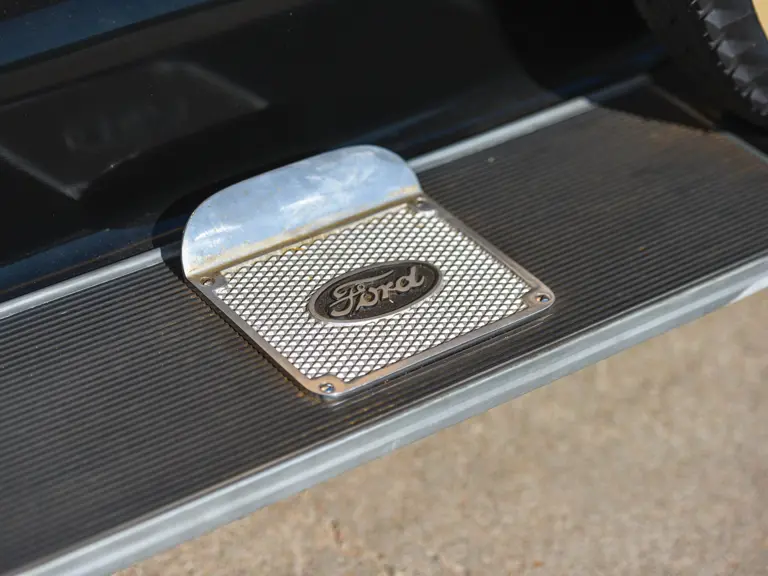
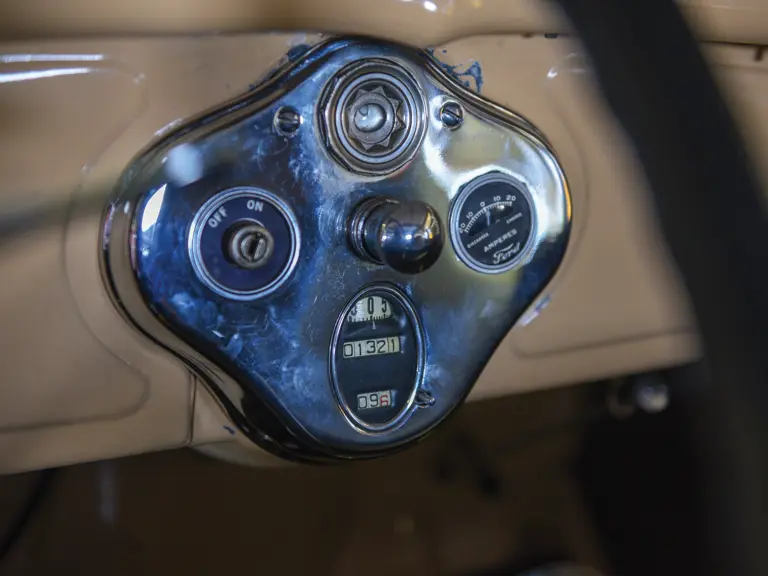
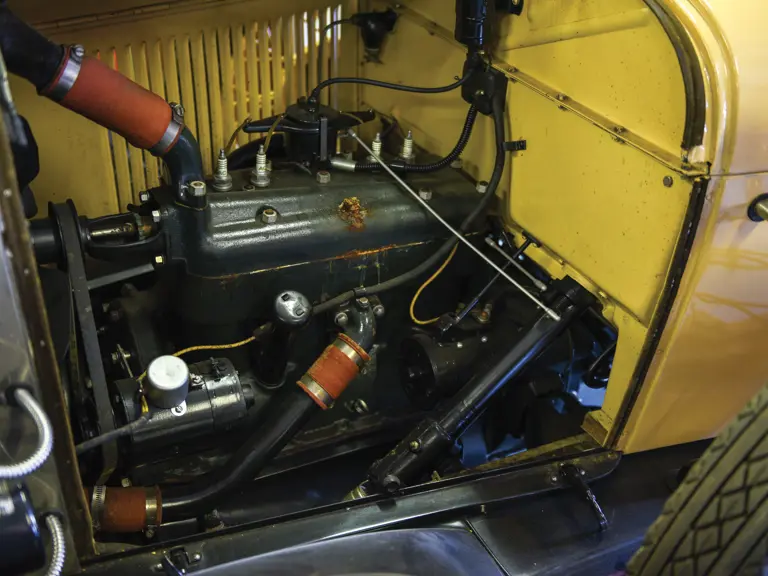
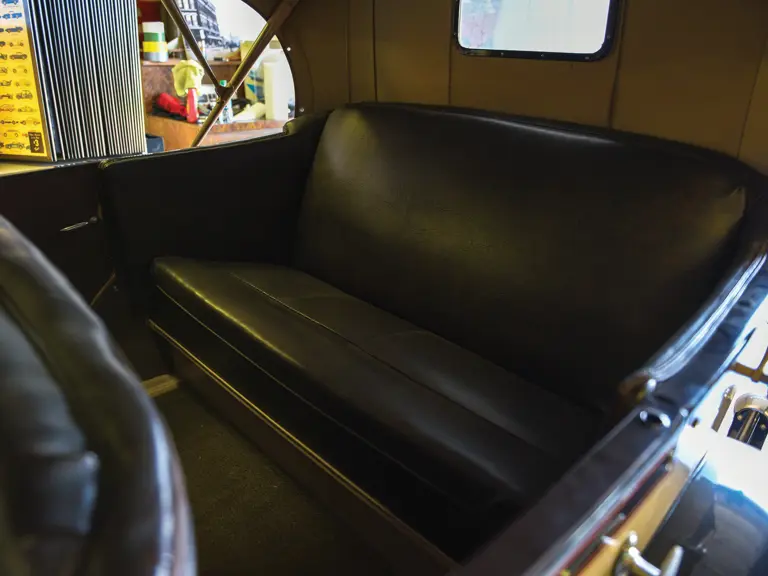
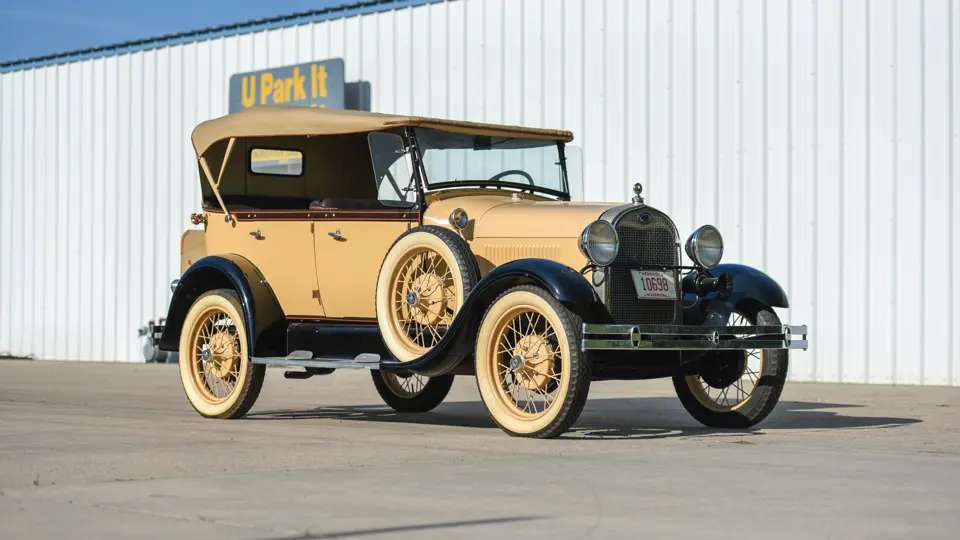
 | Hershey, Pennsylvania
| Hershey, Pennsylvania

